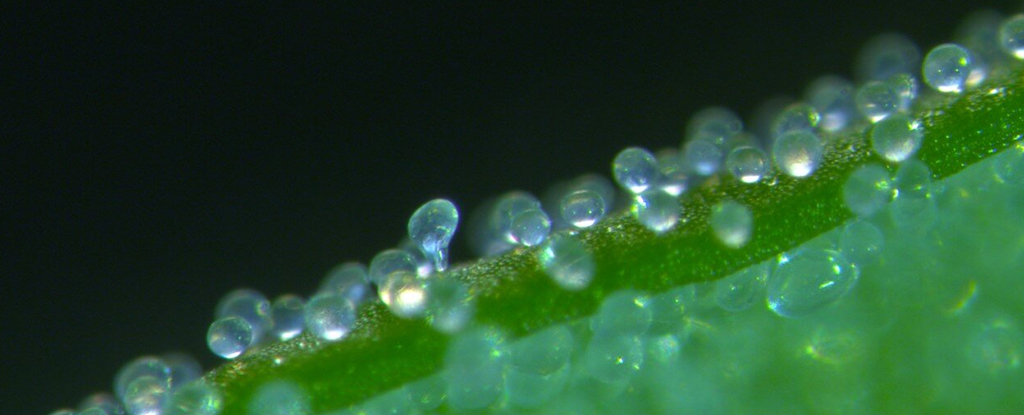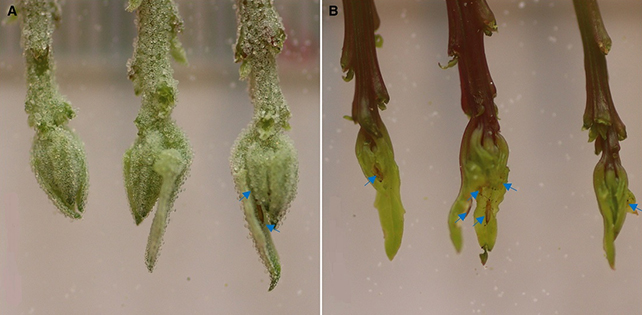
As our comprehension of the universe expands, so too do scientific theories. Take, for instance, a longstanding belief, existing for over a century, regarding the purpose of balloon-like ‘bladders’ found on robust plants, such as quinoa.
Traditionally, it was believed that these minute balloons served as a shield for plants against threats like drought and salt. However, a recent study challenges this notion, revealing that these structures are crafted to repel different types of threats, specifically pests and diseases.
This groundbreaking revelation emerged from researchers delving into the original hypothesis with more scrutiny. To achieve this, they deliberately grew mutant quinoa plants and ice plants without the customary coverage of balloons, scientifically termed epidermal bladder cells or EBCs.

In the pursuit of truth, biologist Max Moog from the University of Copenhagen in Denmark challenges a century-old theory regarding the purpose of plant “bladders.” According to Moog, pouring salt water on mutant plants lacking bladder cells or subjecting them to drought defied expectations – they thrived unexpectedly. However, a new revelation unfolded as these bladder-less plants fell victim to heavy infestations of small insects, unlike their bladder-covered counterparts.
The researchers propose a new understanding: these miniature balloons serve as a deterrent to pests. When insects, such as thrips, attempt to feed on the plant, they end up with a mouthful of a toxic solution carried by the epidermal bladder cells (EBCs). Further analysis revealed that oxalic acid, a substance poisonous to pests, was one of the components inside the EBCs. Contrary to past assumptions, the balloons were not overflow chambers for excess salt, as the salt content was no higher than in surrounding cells.
Additionally, the study observed that the mutant, balloon-less plants were more susceptible to Pseudomonas syringae, a common bacterial disease in plants. The balloons, it seems, play a protective role by covering stomata on plant leaves, a common entry point for bacteria.
The longevity of the inaccurate hypothesis is attributed to potentially flawed assumptions in past studies and improved research techniques over time. While these plants, like quinoa and ice plants, demonstrate resilience to abiotic stressors such as drought and salt, the study underscores that the true protective function of these EBCs lies in guarding against biotic stressors.
Biologist Michael Palmgren from the University of Copenhagen emphasizes the importance of cultivating robust plants like quinoa in the face of a changing climate. Quinoa, renowned for its protein richness and tolerance to drought and salt, is considered a future-proof crop.
The findings, challenging a century-old belief, have been documented in Current Biology.





